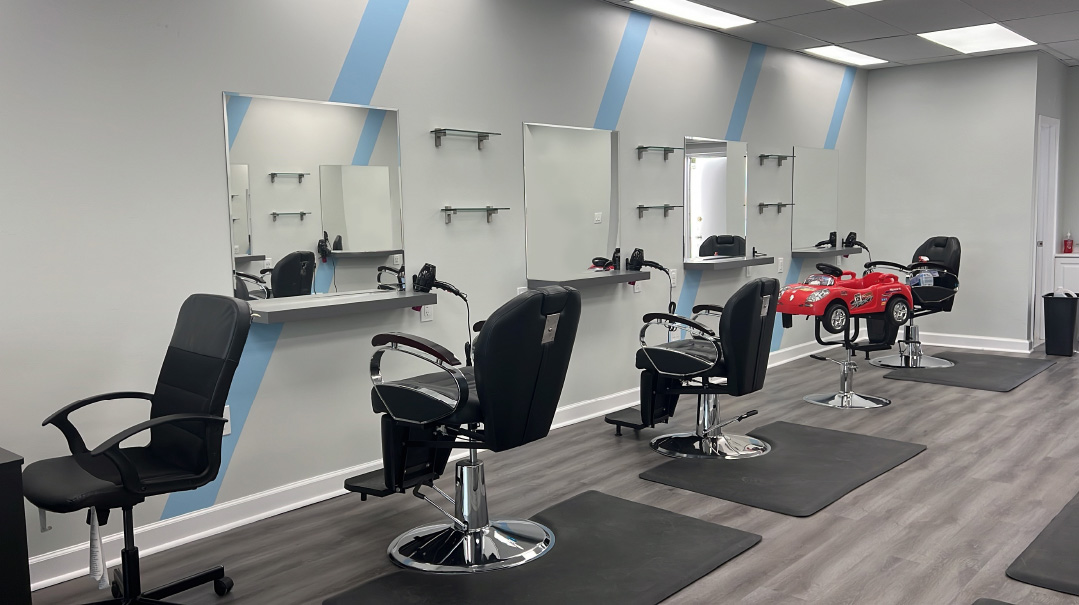Making the Cut

“Guys in yeshivah started asking me for haircuts, and I gained a reputation for being good with a scissors and a trimmer”

Ahron Reznik, owner of Mr. Clipper South, one of Lakewood’s first-ever Jewish barbershops, started giving haircuts when he was just 12 years old.
“Growing up in Fallsburg, there were no barbershops, so I started practicing on some brave friends and family, and I realized I had a knack for cutting hair,” he says. “Guys in yeshivah started asking me for haircuts, and I gained a reputation for being good with a scissors and a trimmer.”
The father of one of his yeshivah friends owned a big barbershop in Lakewood, and Pesach bein hazmanim, when Ahron was 18 years old, his friend got him a job there for the busy Yom Tov season. After Pesach, he went back to yeshivah, but the following Pesach, he was back at Mr. Clipper — and has worked there ever since.
Three and a half years ago, when Ahron was just 23, he and a coworker bought out the business, and now each manages one of the two Mr. Clipper Lakewood branches.
ON BUYING OUT THE BUSINESS WHERE I WORKED
I was wondering if that would affect my relationship with the rest of the staff, who used to be my coworkers and are now my employees. But the relationship has only gotten better. We’re all great friends. We do Shabbos meals together and help each other out if someone needs something, even if it’s at one in the morning.
ON WHY I LOVE MY JOB
There’s an amazing atmosphere at the barbershop that never gets old. There’s always a new face, a new head, a new conversation. You know they say if you love what you do, you’ll never work a day in your life? It’s fact. And yes, a barbershop can get stressful, especially during busy season, but we try to always keep things positive and under control.
Oops! We could not locate your form.







